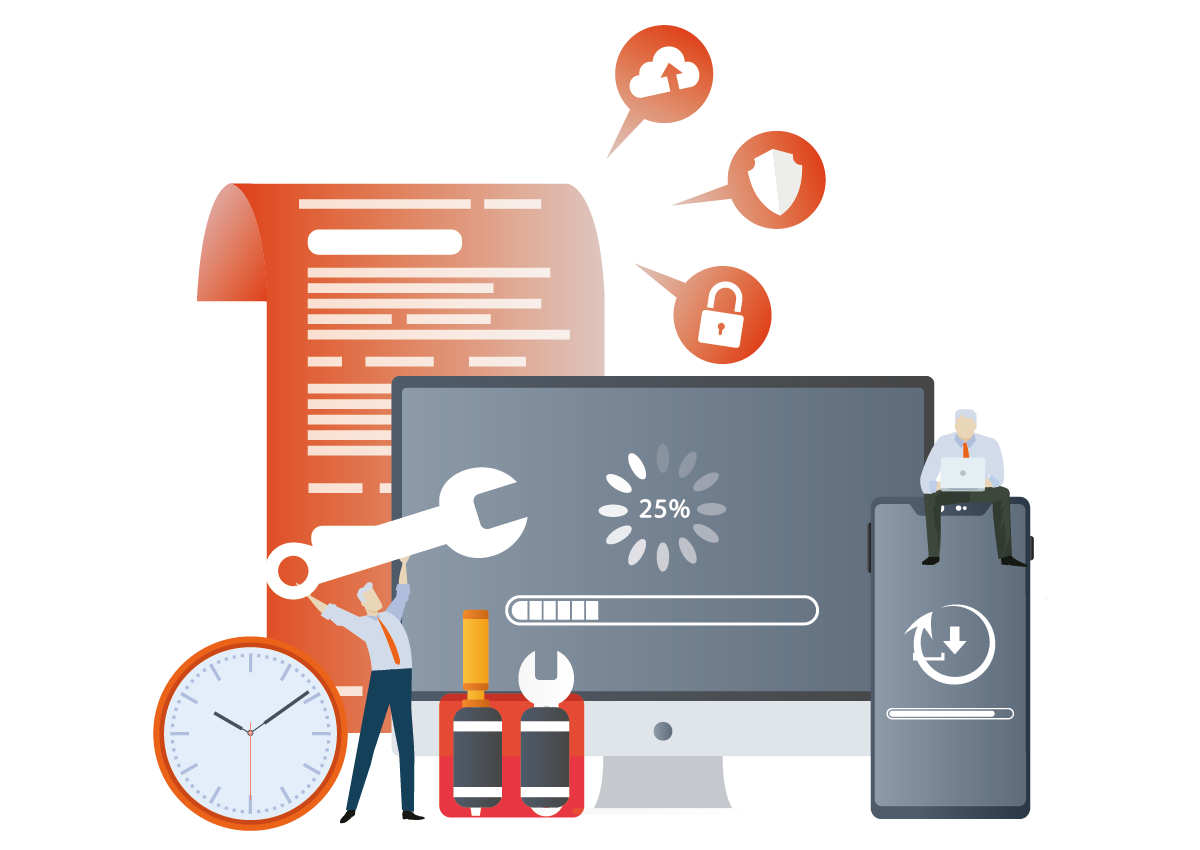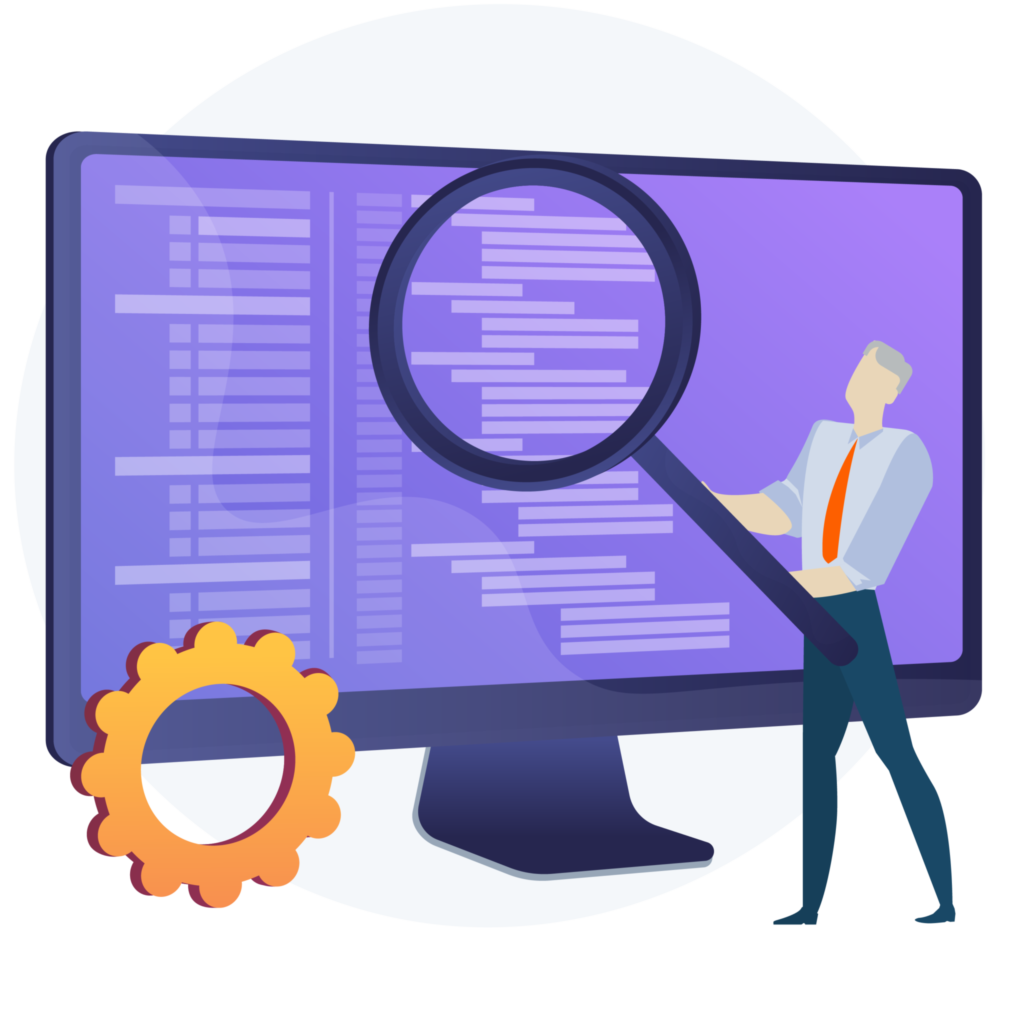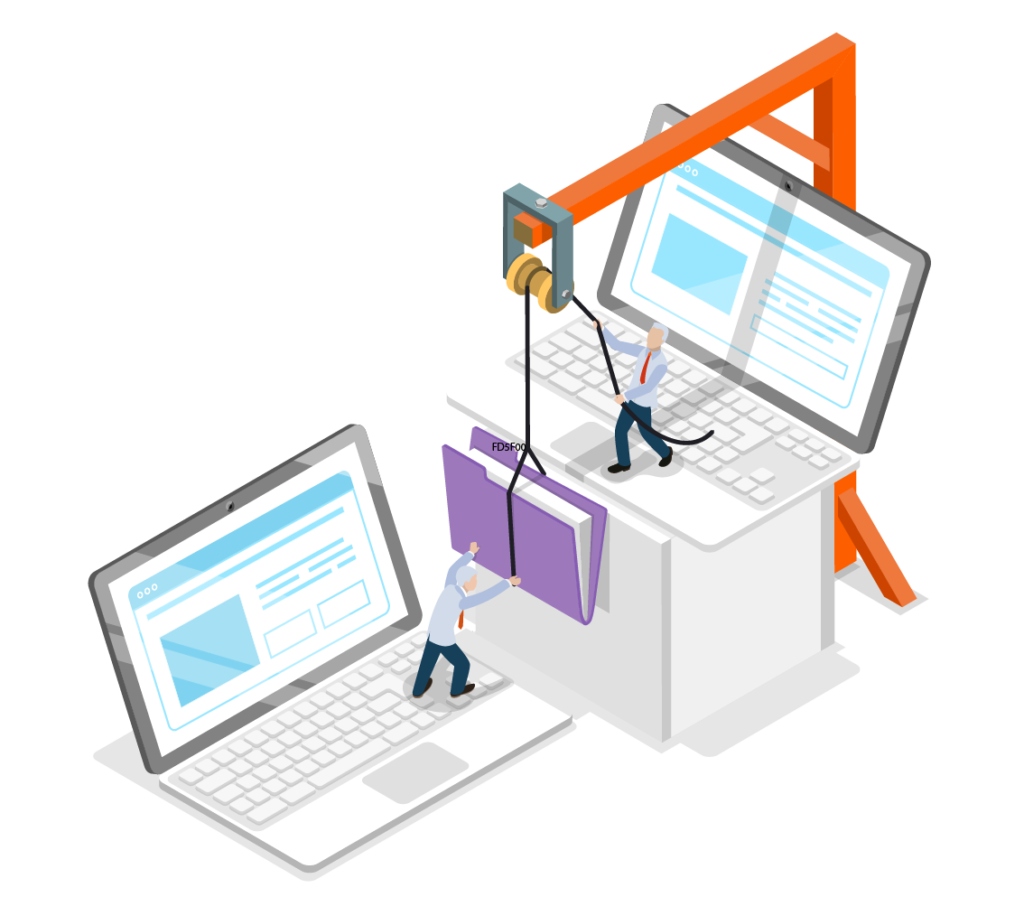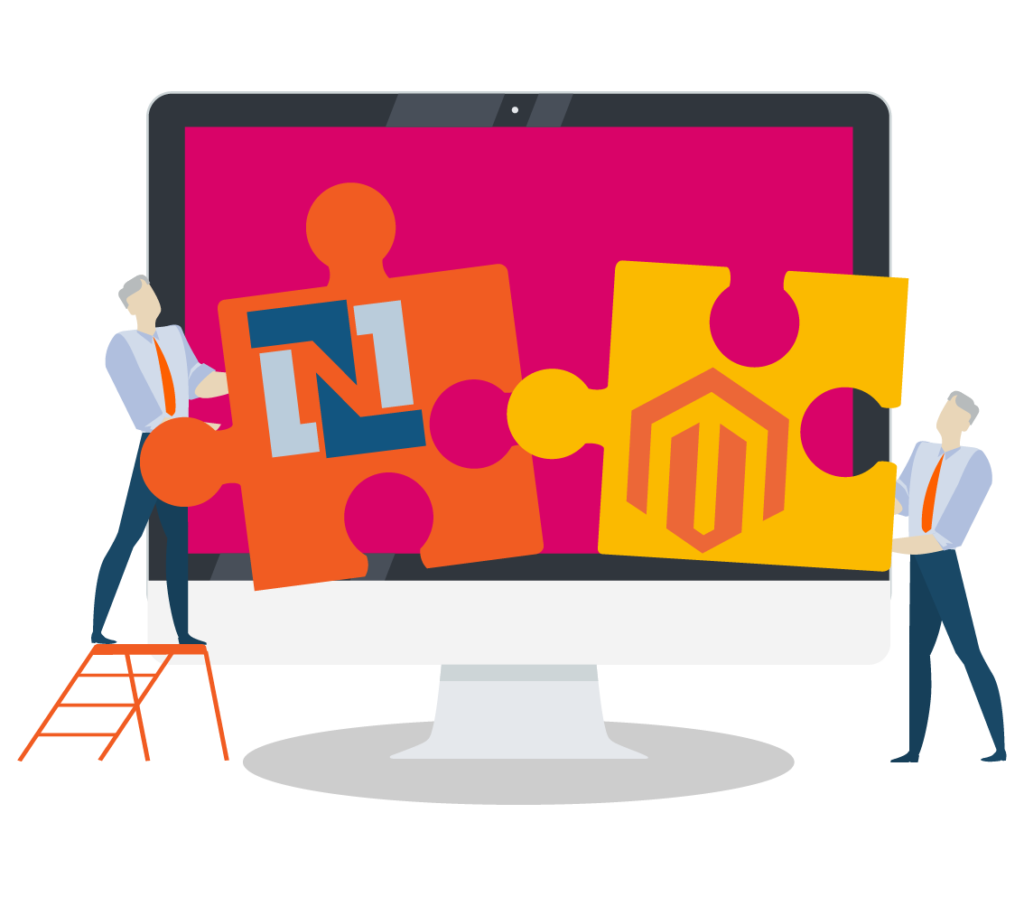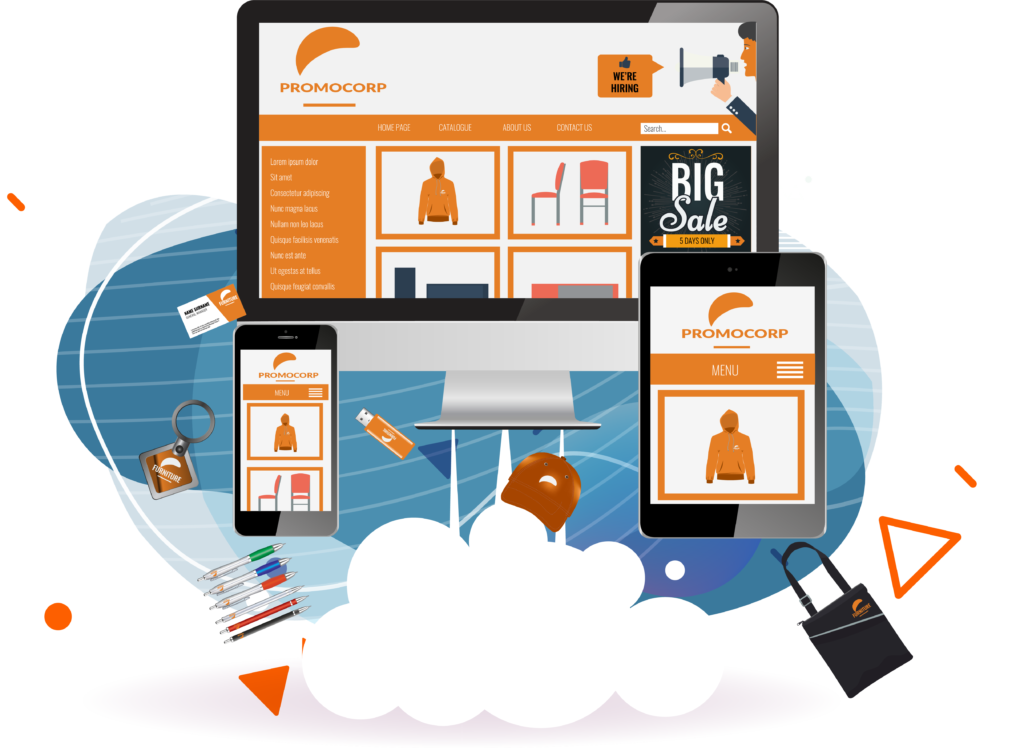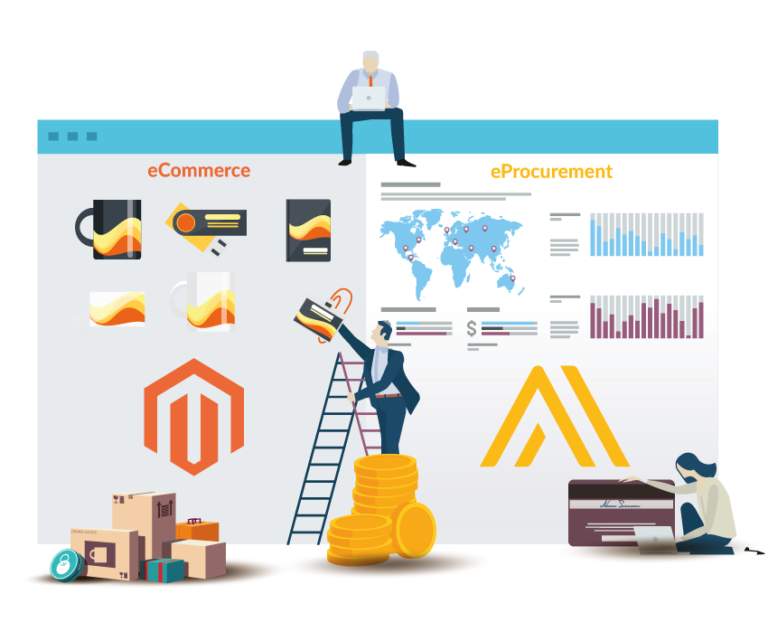When you win a big supply contract, you might want to give that client a branded experience – present your products in their brand. It reassures their staff, and cements the relationship. However, it can be expensive – gone are the early days of B2B when you could “slap on a logo and change the colours”.
Here are our 7 favourite tools for providing that experience…
1. A single shop with multiple store-fronts
Multi-store e-commerce is easy – in theory. You have something like a different URL (“big-corp-client.my-company-store.com”) and your developers will display a different brand, logo, colours and products when that URL is visited. For the biggest and best contracts, however, your client will demand much more:
- Custom layout and product presentation
- Fit in perfectly with their brand guidelines or “design system”
- Features to comply with their specific IT Security or legal requirements
- Customised ordering methods
For companies with 5000+ products, or 50+ clients, Magento is our go-to e-Commerce tool for this type of system because we know it can scale well. We provided a global Promotional Merchandise company with a Magento-based platform with over 300 store fronts, each branded for a specific client, and it has one great advantage – since all the stores are on the same system, we only had to integrate once with each internal system!
2. Configurable Designs
In the real world, many of your clients may be happy to choose one of several “off the shelf” designs – some companies don’t have strictly-defined branding, and can be flexible. We can create a design template which allows you to configure each client with a few simple controls – colours, logo, etc.
In the case of a Manchester-based packaging manufacturer, the portal is displayed in their own branding, with the client’s logo shown when that client’s staff sign in.
3. Custom URLs
To win those more lucrative contracts, it’s important for the client that your own brand is almost invisible. They’ll prefer a URL like https://merchandise.cisco.com/ rather than https://aig.shop.dowlis.com/ . We provide custom URLs, and allow for security certificates that are provided by your client – an IT requirement for many large corporations.
4. Seamless Linking from Corporate Intranets
In one case, a large Japanese car maker insisted that their branded store had the “header” and “footer” pulled from their Intranet. This would allow them to dynamically update the website header, so that users could switch, without realising, between the Intranet (provided internally) and the store (built by the GetJohn team).
It was a technical challenge, but we met it well and the store was a success.
We can link your client’s store with intranets such as Microsoft Sharepoint.
5. Client-specific Pricing
Okay, it’s not quite “branding”, but part of supporting a large contract is providing generic products at contractually-agreed prices. Your sales team might get a promise to order a large Occasionally, you will have generic products but need client-specific pricing. For one well-known maker of weather-proof clothing, we integrated closely with their ERP system, and had customer-specific and even date-specific price lists.
To handle this, we extended the Magento system to allow for these price lists to be uploaded each day.
6. Single Sign-On
A smooth login experience is really important when your client might have 1000’s of staff who all want to use your online store. By connecting the store with your client’s own SSO system (such as Microsoft Office365, or Okta, both commonly used by large companies), you can not only give that smooth experience, but also remove your headache of user account management!
Using GetJohn’s PunchOut Hub system, we can provide the right single sign-on option for each website, even if they’re all on the same system.
7. PunchOut
“PunchOut” is the ultimate in client-specific shopping experience. A technology which wraps around the ordering process, meaning your client’s staff never have to manually key in quotes or purchase orders, and your sales team don’t take unnecessary calls – allowing them to keep focused on strategic account development. Find out more here!


